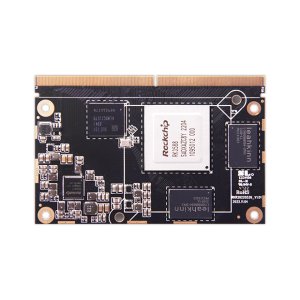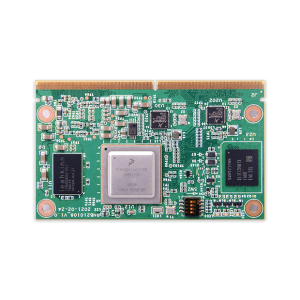How System on Module (SoM) Revolutionizes IoT Development
How System on Module (SoM) Revolutionizes IoT Development
Blog Article
Edge computing has emerged as a progressive tendency in the technology business, permitting quicker knowledge processing and decreased latency by providing computational power nearer to where information is created. A vital development pushing that change could be the increase of system on module manufacturers which are lightweight, effective, and flexible processing products designed to incorporate seamlessly in to personalized hardware systems.

The Role of Computer on Segments in Edge Research
Pc on Segments have become vital in side computing because of their power to improve electronics design while maintaining strong processing capabilities. Based on a current record by MarketsandMarkets, the worldwide edge processing market is expected to develop from $40.84 thousand in 2021 to $132.11 million by 2026, with COMs enjoying a significant role in this expansion.
These modules are specially impactful in industries requiring real-time information examination at the edge. For example, the transport industry uses COMs in autonomous vehicles for real-time decision-making, while smart cities use them to control programs like traffic movement and power distribution.
Compact and Functional Style
One of many standout traits of Pc on Modules is their small and modular design. This enables designers to integrate high-performance research power into side devices without the necessity for extensive hardware redesign. A study by IoT Analytics found that 68% of companies applying IoT options consider modular electronics like COMs important for quick deployment and scalability.
COMs also support custom-made designs, creating them suited to a wide range of programs, from industrial automation to healthcare. Their capability to conform to particular demands is really a driving force behind their usage in edge processing systems.
Power Efficiency and Efficiency
Edge research devices frequently work in settings with restricted energy resources. COMs handle that concern by providing improved power effectiveness without reducing on computational strength. A examine by Allied Market Study outlined that energy-efficient edge research options are expected to rule the sector through 2030, positioning COMs as a critical element for reaching that goal.
Additionally, with developments in processors and integrated design, COMs today offer the efficiency needed for AI-driven applications at the edge. That not only enhances real-time features but additionally decreases dependence on centralized cloud systems.
Why the Future Goes to COMs
With world wide knowledge generation estimated to reach 175 zettabytes by 2025, edge research is set to be more integral than ever. Computer on Adventures provide an flexible, energy-efficient, and scalable alternative for handling this influx of data. Their relevance across varied industries like healthcare, manufacturing, and telecommunications just underscores their vital position in shaping the ongoing future of side computing.
COMs are no longer just a technological development; they're the backbone of next-generation edge methods driving innovation and efficiency across the globe. Since the need for side research keeps growing, so can the importance and impact of COMs in this rapidly growing landscape. Therefore, it's secure to express that Computer on Modules are here to remain and may continue surrounding the ongoing future of edge computing.

Realization
Side computing is transforming the way in which we process and employ information, with Computer on Modules at the front with this revolution. Their compact design, flexibility, energy effectiveness, and efficiency cause them to become a great alternative for handling real-time knowledge at the edge. As industries increasingly count on side processing for their operations, COMs can perform an essential role in driving creativity and effectiveness in these systems. Report this page